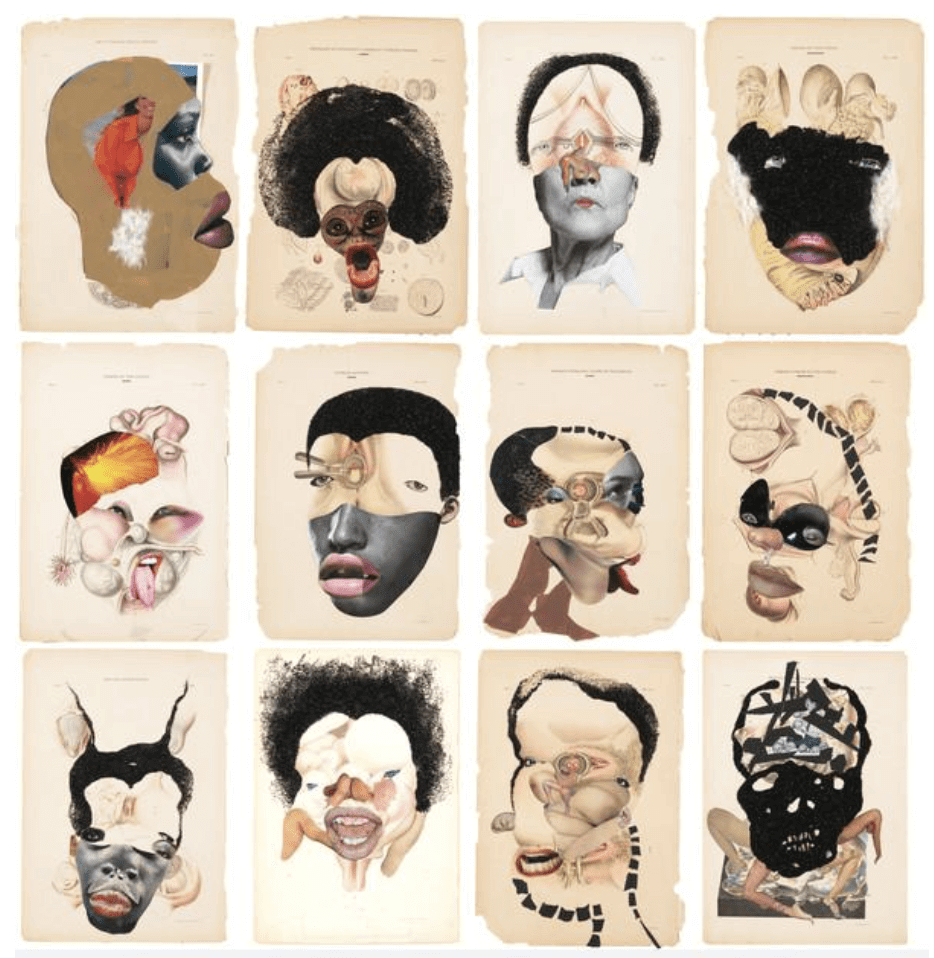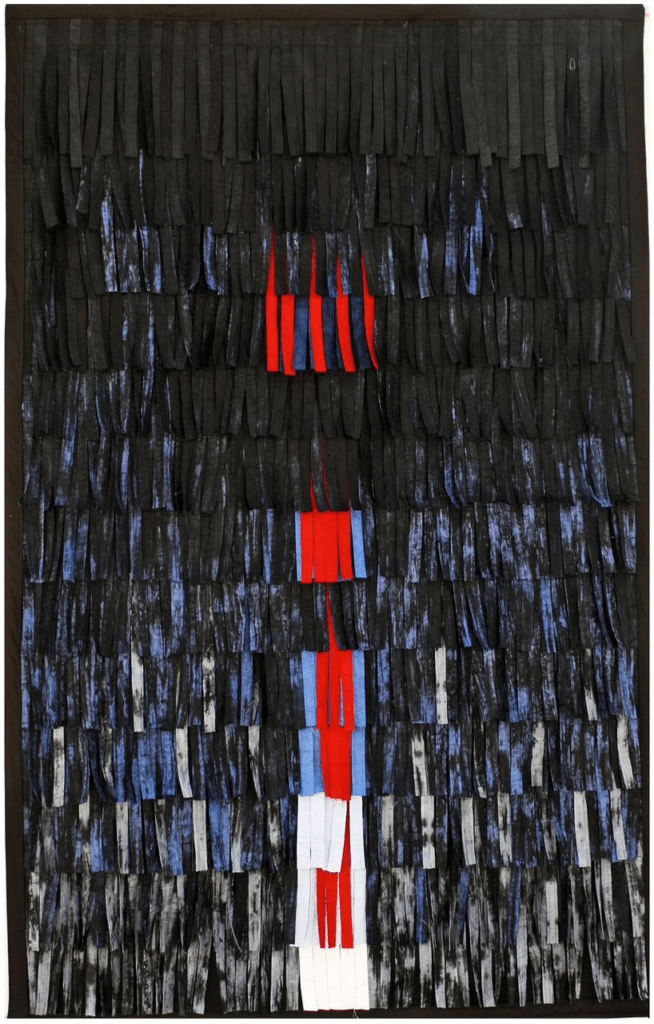Throughout the history of art, artists have been able to inspire each other’s art style with or without being aware. An art style is defined by the structure and features of an artwork. An artist’s style of creating art allows an outsider to imagine the artist’s creative process; to better understand the artist’s vision and subject; and to bear witness to emotions expressed through the medium of choice.
From abstract expressionism to realism, from realism to surrealism, and everything in between — there are so many different styles of art that artists can choose from in visual arts. They can take an element from the real world and use it to replicate the artist’s interpretation of reality or use a range of lines and shapes to create precision art; re-imagine commercial and day-to-day imageries; or create a portrait of the self or another.
Image courtesy of artist
Regardless of the preferred art style, there is often a pattern that links contemporary artists and the individual artist’s context. Art similarity can present itself in the preferred techniques and themes for different artists in consideration of their context and background. Consider works from late South African artist Lunga Ntila, Kenyan artist, Wangechi Mutu, and Nigerian artist Mobolaji Ogunrosoye.
Image courtesy of artist
Mobolaji Ogunrosoye is a self-taught conceptual artist that uses photography and collaging techniques to document and explore selfhood, body image, and the impact of societal influences on personal identity. Lunga Ntila was a visual storyteller whose works, which were mostly self-portraits, centred around identity and spirituality. Wangechi Mutu is a Kenyan/American visual artist known for her otherworldly abstract collages of the black female body and her works focused on cultural identity, feminine sexuality, politics and colonial history.

Image courtesy of National Galleries Scotland
These three artists have an interesting way of layering, distorting, and contouring to show what is beneath the ordinary gaze and beyond a first look. Although their works bear a similarity to each other, the context of their individual history, the range of the grotesque nature of their subject, their personal view of the world, and expression form the layers, cut-outs, colours and distortion makes their work stand out.
Image Courtesy of artist
There is also Nigerian digital artist and collagist, Alexis Tsegba, whose work invites us to imagine, with her, how the Black future would be. With her different and refreshing perspective evident in her re-imaginations of the Black future, she blends tradition, culture, and technology showing that it is possible to advance without abandoning our culture and traditions.
In Marcellina Akpojotor’s case, the Nigerian artist has found a way of adding scraps of fabric sourced from Lagos fashion houses to create intricate and colourful collages. With her beautifully textured and intricately layered work, Marcellina explores the themes of femininity, personal and societal identity, and issues surrounding women’s empowerment in contemporary society.
Image courtesy of Rele Gallery
Akpojotor is not the only contemporary artist to modify textile fabrics for her art. Ghanian textile artist, Kwesi Kwarteng’s heritage is heavily reflected in his works with the use of diverse fabrics including Dutch wax to explore the ideas of multiculturalism, identity and global connectivity. Malian artist Abdoulaye Konate makes use of bazin, a traditional Malian fabric which he dyes with pigments before cutting it into strips.
Image courtesy of artist
Like Kwarteng’s use of diverse fabrics to show off his heritage, Konate makes references to his own cultural history using the traditional Malian fabric to tell stories.

Image courtesy of Artsy
Artists can employ a wide range of styles and techniques which adds texture and emotion to their artworks. Hassan Musa is an artist from Sudan. He is a painter on textile, calligrapher, illustrator and tapestry artist with a multiplicity of references: the european painting, the arabic calligraphy or the chinese watercolor.
Image courtesy of artist
In regards to the historical context and background of the artist, Musa is one artist that is eager to redefine what African art is with his work, and what it could be without any restriction to the artist’s heritage. He makes use of foreign pieces of clothes and western images to pass across his message of redefining African art.



1 Comment
Great piece! So many great African artists of the new millennium some unbeknownst to me. I saw Kwesi Kwarteng (*check spelling in article) in a gallery exhibit in NYC and have loved his work since! The story telling of in his abstract pieces are entrancing in person.